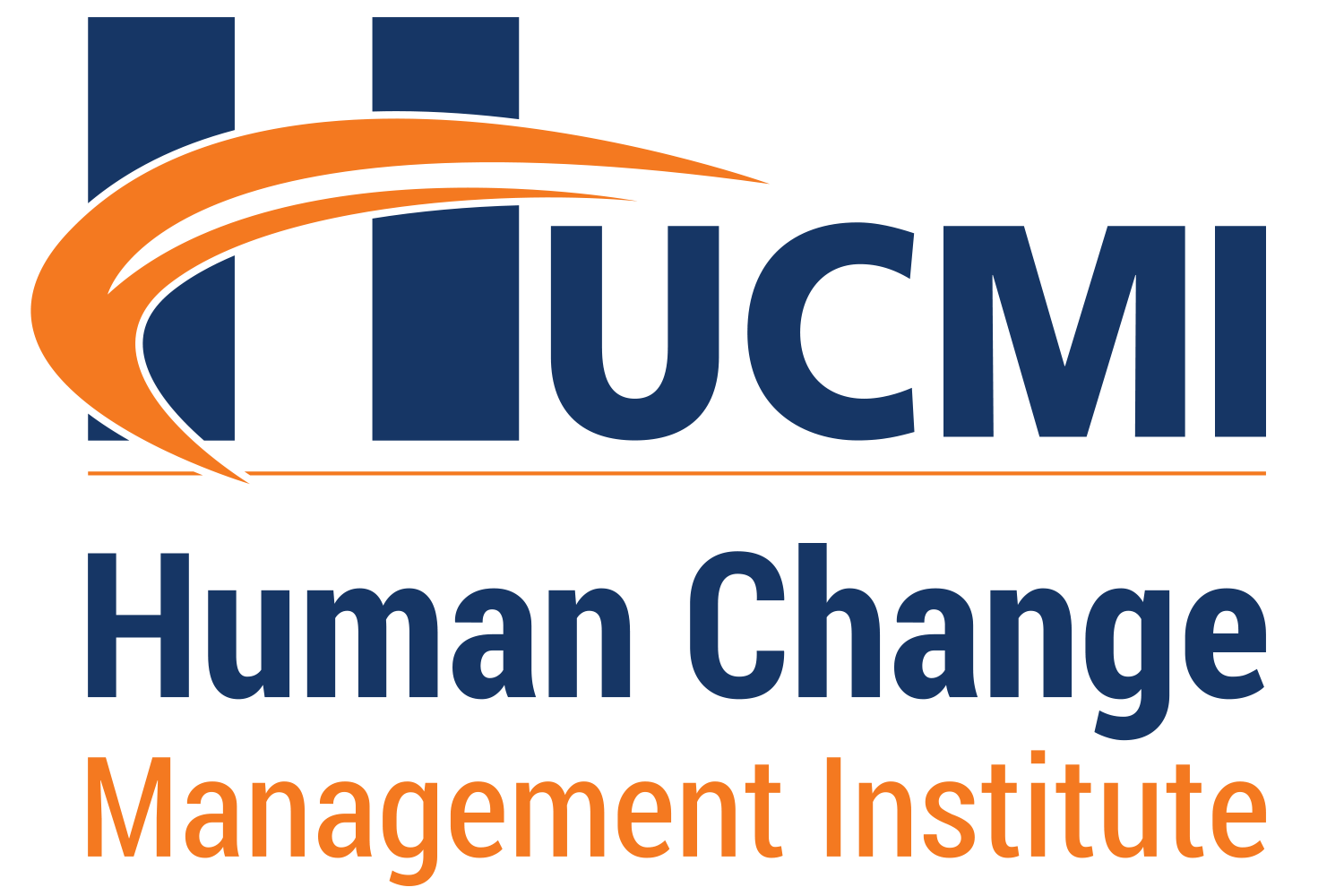Director of Ilummini Planejamento Estratégico e Gestão
“One thing you can be sure of in this moment marked in such way by question and misery is: when this time of Covid-19 pandemic has passed or mitigated, the world will not be the same we used to know so far”. Luiz Carlos Trabuco – Board Chairman of Bradesco.
LOW-TOUCH AND NEW NORMAL
The pandemic has opened a ‘Pandora box’ and the world will not be like it used to.
We will live the ‘new normal’ era, facing a transition phase in the following months: the low-touch economy, characterized by low physical touch, are measures that preserve people’s health and adaptation by the companies to this new reality.
We have realized that this quarentine period has provided a forced acceleration in the changes that have already been in process. Some examples are:
- a boom in the digitalization of communication and commercialization between companies and consumers.
- exponential growth of home office and digital interactions with clients, suppliers, coworkers and other interested parts
- growth in remote appointments with doctors, online courses
- readjustment of service providers to the logistcs of delivery
- paymentwithoutcontact
- dark kitchens among several restaurants for online delivery
Many proposals, habits and behaviors reinforced during the pandemic will not fall back to the previous levels, and that will cause a significant rearrangement in the use of technology, in work relationships, in the way we consume, acquire new knowledge and also in social interactions.
What is being called ‘the new normal’, brings to companies the opportunity and necessity to rethink and adjust their business models, as well as their processes and organizational structures.
Amongst the challenges of ‘low touch’ transition period, and ‘new normal’ phase, we have two fundamental components:
- short-term management, which for many companies, it means to struggle to ensure their survival
- the process of adequacy or reinvention to guarantee the business sustainability in the future
SHORT-TERM – THE CHALLENGE OF SURVIVING THE CRISIS
The next months are going to be unclear and challenging:
- it is possible that waves of confinement and relaxation occur to manage the hospitals capability to face the demand for care
- the drop in GDP will be a never-seen-before, employment and income will suffer a setback, the levels of uncertainty and risk aversion will increase, and the demand will shrink
- uncertainty as for the duration of the low touch phase and the way it is going to affect the different businesses
We don’t know how exactly the resumption process will be, which will defer according to the region and the type of activity envolved, but to many companies, the huge challenge in the short term scenario is to ensure the survival. It isnecessarytoperformimmediatelyto:
- operate in the low touch model
- focus on sales and conquer market share – it tends to be a real rat race in many segments, with greedy competitors having to share a smaller pie
- perform fine adjustments in market segmentation and revise the value proposition for each segment.
- adapt the structure and costs to the new reality
- manage the cash-flow to support the operations
Keeping the boat afloat will be the focus for the coming months, but it is also indispensable to consider how to prepare the company to undergo the future challenges in environments with the degree level of uncertainty and volatility that lie ahead.
PLANNING THE FUTURE – READJUSTMENT OR REINVENTION?
‘What’s dangerous is not to evolve’, Jeff Bezos, CEO of Amazon
The future starts today and it is necessary to plan it with a new approach which brings in its essence the agility to anticipate, react and adapt to the increasingly dynamic and profound changes.
How to prepare the company for business development and sustainability in such a volatile context in terms of technology, digital revolution and artificial intelligence, new social and consumption patterns, the emergence of new generations, new regulations regarding environmental sustainability, etc.?
Let’s see below how to plan according to this new reality which is emerging, the benefits and what internal conditions should be created so that it may happen.
Traditional planning x agile planning
The traditional planning model, also known as predictive planning, considers that the organization has the capacity to analyse the future and envision what is going to happen in the years to come, with reasonable assertiviness and precision. Changes in the external environment impact on the predicted results and cause plan reviews. This is the model which has been applied with good results in thousands of companies over decades.
However, due to the dynamism, intensity and depth of changes in the external environment, we must evolve the way we plan the future.
The key factor of new planning is not in the capacity to envision what is to come within several years, but to anticipate, learn and become quickly adapted to changes in a dynamic and continuous way.
Many organizations have adopted, with success, the agile planning, also called interactive planning, more adapted to uncertain and volatile environments.
To sum up, the organization is shaped to constantly capture information about the external environment, then process that, interprete, take decisions quickly and act rapidly, placing and maintaining the company in comparative advantage on the market.
The agile approach impacts on different sectors: products and services, organizational structure, internal processes, governance, costs and also allows reviews of the company’s business model. Byadoptingtheinteractivemodel, thebenefits are diversified:
- anticipationorquickreaction
- adaptabilitytovolatileenvironment
- capability to redesign new value proposition in shorter time period
- permanentprospectingof future opportunities
- dissemination of knowledge inside the organization
- shorter time tomarket
- employeeengagement
- developmentofintra-entrepreneurship
Organizationandculture
Let’s consider 5 key-factors that should be present so that the interactive planning implementation is possible :
- Information management: information is the raw material that will allow us to comprehend how the world is changing, and the opportunities and hazards presented for the company to advance and evolve, considering its impact in short, medium and long term. It shouldbesoughtandtreatedsystematicallyandpermanently.
- Processes and tools: the system to collect datas, the tools where they are going to be stored, the way they will be analysed and converted into information, the flow that leads to decision making.
- Contribution of talents: employees of the organization, trained, skilled and interconnected, they help to capture information, to understand the opportunities and threats, analyse and give rise to innovative ideas. They also work as organization sensors, ‘connected’ to several areas of the external environment.
- Tests: new ideas and good solutions in products and services are frequently tested, adjusted and validated on small scale, before being launched on the market. This approach enables to reduce the time between the moment when the idea arises until its adequacy test (time to market x time to test), it encreases the chance of success in the moment of the launch in large scale, and in case of quitting the project in the testing phase, it minimizes the costs incurred by the company.
- Participatory culture and flexibility: these are determinant factors. The organization leadership must provide a friendly and structured environment, with the proper governance, which encourages the emergence of new ideas, permanent exchange of information, knowledge and feedback amongst the employees envolved, so that the interactive process can come off and succeed.
The active participation of the employees is an integral part of the process, promotes ownership and engagement, facilitates the talent retention and releases intra-entrepreneurship energy, hidden inside the organization at times.
The creation of this culture and the means for it to pass through the several levels of the organization, is one of the most interesting challenges of leadership in today’s current context.
The ‘new normal’ represents a challenge, and a vast opportunity to create comparative advantages, once the companies buckle up. How about your company, how is it getting ready for this ‘new normal’?

